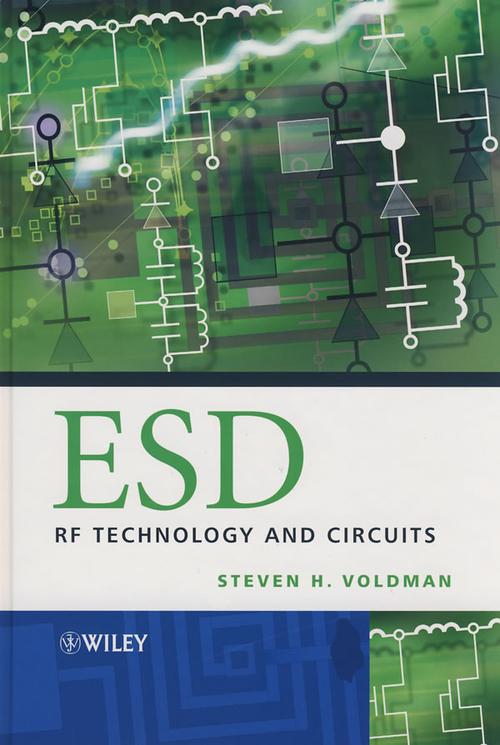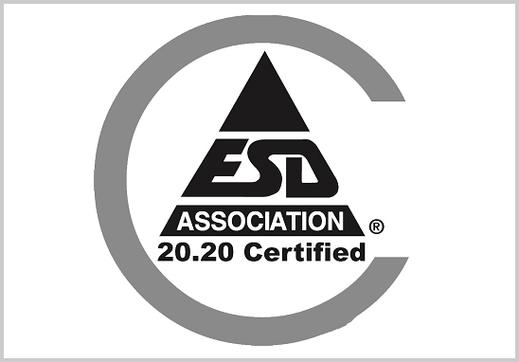
Understanding ESD and ETH: A Comprehensive Guide
Electrostatic Discharge (ESD) and Ethernet (ETH) are two critical concepts in the field of electronics. ESD refers to the sudden flow of electricity between two electrically charged objects, while ETH is a set of networking technologies for connecting devices in a local area network (LAN). In this article, we will delve into the details of both ESD and ETH, exploring their significance, applications, and best practices.

What is ESD?
ESD occurs when two objects with different electrical charges come into contact, causing a sudden flow of electricity. This can happen in various scenarios, such as when you touch a metal object after walking on a carpet or when you handle sensitive electronic components. ESD can cause damage to electronic devices, leading to malfunctions or even complete failure.
ESD can be categorized into several types, including:
| ESD Type | Description |
|---|---|
| Human Body Model (HBM) | Represents the ESD generated by a person touching a device |
| Machine Model (MM) | Represents the ESD generated by a machine or device |
| Component Discharge Model (CDM) | Represents the ESD generated by a charged component |
| Field-Induced Mode | Represents the ESD generated by an electric field |
ESD Protection
Protecting electronic devices from ESD is crucial to ensure their reliability and longevity. Here are some common ESD protection techniques:
-
Grounding: Connecting devices to a grounded reference point to dissipate excess charge.

-
Antistatic materials: Using materials that minimize the buildup of static charge, such as antistatic mats and gloves.
-
ESD bags and containers: Protecting sensitive components from ESD during storage and transportation.
-
ESD-safe workstations: Designing workspaces with ESD-safe equipment and materials.
What is ETH?
Ethernet is a set of networking technologies that enable devices to communicate with each other in a local area network (LAN). It is one of the most widely used networking technologies in the world, thanks to its reliability, speed, and ease of use.
Ethernet operates on a bus topology, where devices are connected to a central cable called a “Ethernet cable.” The cable carries electrical signals that represent data being transmitted between devices.
Ethernet Standards
Ethernet has evolved over the years, with several standards being introduced to support higher speeds and better performance. Some of the most common Ethernet standards include:
-
10BASE-T: Supports data transfer speeds of up to 10 Mbps over copper cables.
-
100BASE-TX: Supports data transfer speeds of up to 100 Mbps over copper cables.
-
1000BASE-T: Supports data transfer speeds of up to 1 Gbps over copper cables.
-
10GBASE-T: Supports data transfer speeds of up to 10 Gbps over copper cables.
Ethernet Applications
Ethernet is used in various applications, including:
-
Home and office networks: Connecting devices such as computers, printers, and routers.
-
Industrial automation: Connecting sensors, controllers, and other devices in manufacturing environments.
-
Data centers: Providing high-speed connectivity for servers and storage devices.
Conclusion
Understanding ESD and ETH is essential for anyone working in the field of electronics. ESD can cause significant damage to electronic devices, while ETH is a crucial technology for connecting devices in a network. By following best practices for ESD protection and understanding the various Ethernet standards, you can ensure the reliability and performance of your electronic systems.



